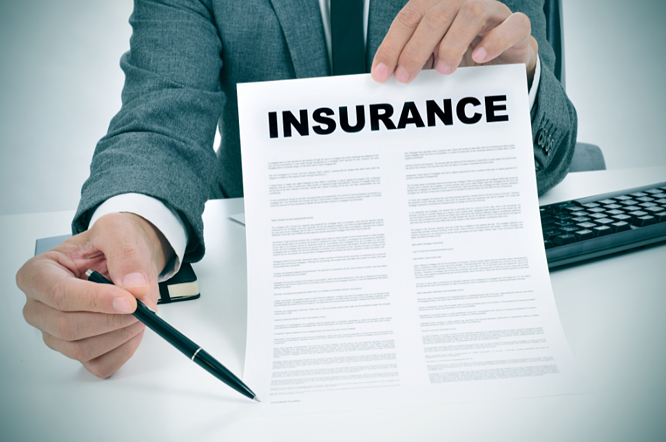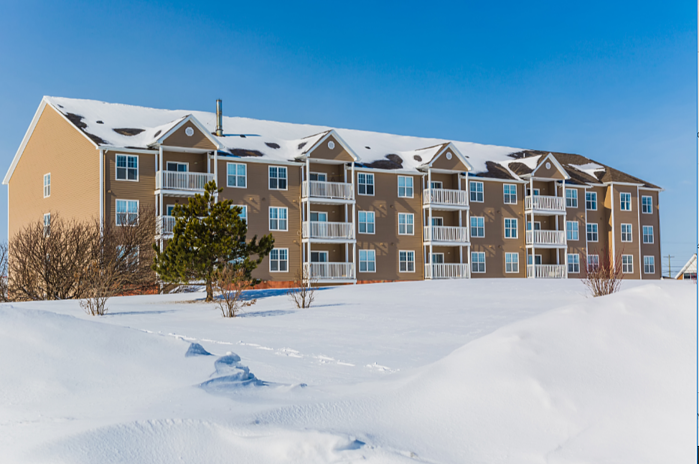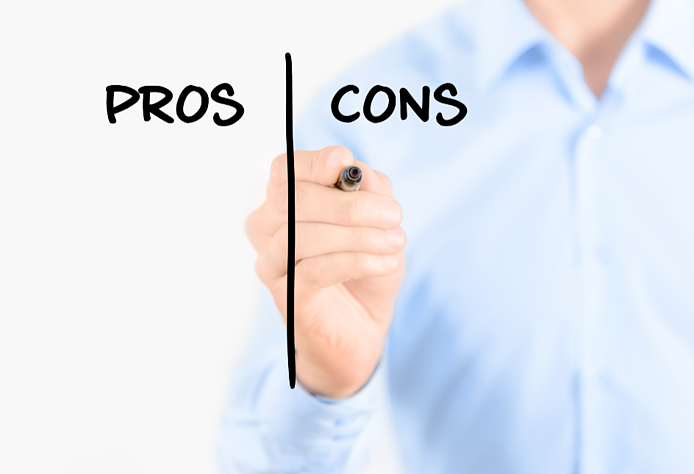
Facility maintenance during winter involves a multitude of tiny details along with the major task of snow and ice removal from facility grounds. Yet, one of the ways to protect your company's property in the cold season is to upgrade your commercial property insurance to make sure it covers all of the dangers that winter presents. Some of the most important points of coverage for your commercial building during the winter include the following:
1. Frozen and/or Burst Pipes
Pipes freezing and rupturing is one of the most common problems that facility managers must watch for during sub-zero conditions. This kind of damage requires specialists to come and thaw out the ice in your pipes and sever and replace pipe-sections. Thousands of dollars will be at stake, and the water damage to floors, furnishings, and electronics is often the most costly part.
First, you need to make sure that frozen piping is adequately covered by your policy. Second, you must take proper precautions to ensure that the insurer will pay your claim in the event of an incident. Specifically, you need to have either kept the heat on at a reasonable level or drained the pipes before turning the heat off. Other measures to take include insulating the pipes and wrapping spigots in a towel.
2. Winter Run-Off Damage
Although ordinary commercial property insurance will not cover it, damage from winter run-off floodwaters is a major risk in many parts of the country. In fact, this is the most likely type of flood to hit in many areas, and of course, it is a threat at the end of every single winter. Coverage can be obtained via flood insurance policies, and the NFIP will cover your commercial property up to $500,000 and another $500,000 for its contents. If this is still not sufficient, excess flood insurance policies can be arranged with individual insurers.
3. Hail Damage to Roofs and Parking Lots
Your facility roof, concrete or asphalt parking lot, and even its walkways can all be severely damaged if a major hail storm strikes. Small impacts on shingles will both create an eyesore and destabilize your roofing system. A thin layer of water can creep in through the indentations, even small ones, and then mist up through the roof and pop off the granules. Concrete, and even asphalt, can also become riddled with tiny dents, which will allow salt and ice to penetrate and deteriorate your pavements. It is imperative that hail be covered by your commercial insurance.
4. Ice Dams and Leaks
First of all, you should guard against ice damming with proper upper-story/attic ventilation and insulation. If large amounts of snow fall and are immediately followed by extremely low temperatures, however, you may not be able to prevent an ice dam from forming. In this case, you will want your insurance to cover the damage they can do to your roofing and the leaks that may develop from the backed-up water on your roof.
5. Roof Collapse
The most basic coverage to be sure you possess is that against roof collapse due to heavy blankets of snow and sheets of ice. Not every policy will include this coverage, however, so it is crucial to check with your broker. Rooftop snow removal can be used to reduce the pressure on roof structures, but if suddenly piled on before you can react, you will want to know you are covered.
Commercial buildings face many sever winter challenges, and a good number of these can be covered by property insurance. From the rooftop to the crawlspace pipes, everything must be covered.


